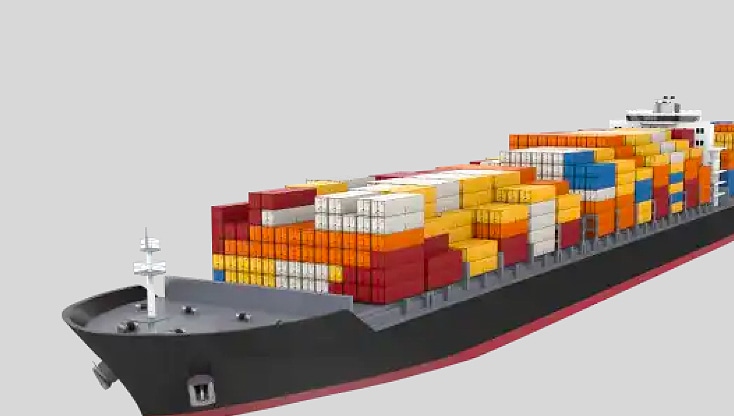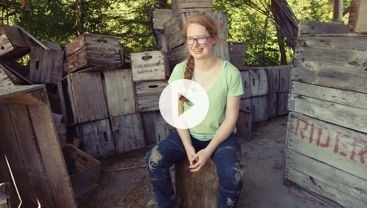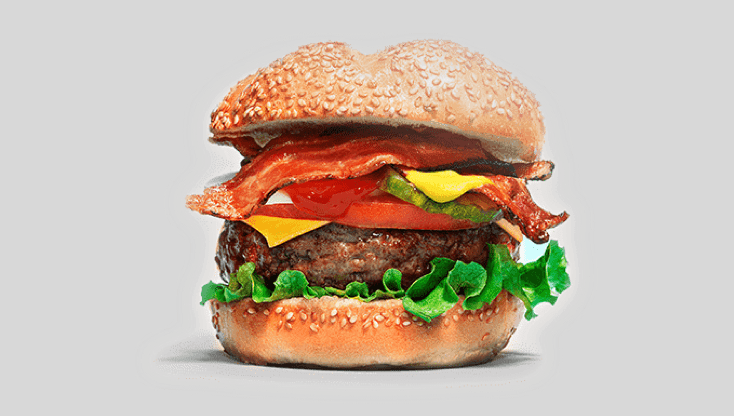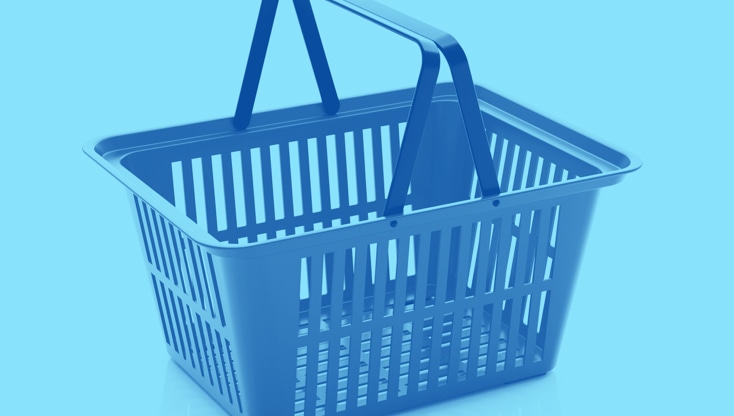We all know that grains and livestock have sustained us for thousands of years, but did you know that they are the foundational products upon which the first futures exchanges were established? Today, agricultural markets are highly complex. They involve farmers, ranchers, processors, distributors, packagers, wholesalers and retailers all working to help lock in fair and predictable prices for the food we buy at the store.
Who hedges?
Let’s say that a cattle rancher is concerned about lower prices at the time his animals will be ready to bring to market. He uses the futures market to hedge, or attempt to minimize, his price risk. He can calculate the cash price he needs for his livestock, and then sell live cattle futures at the futures exchange to lock in that price. This will ensure his profitability, despite any declines in the market price for his herd.
And who speculates?
Now, on the other side of the transaction are the individual and institutional traders who are willing to absorb the risk being transferred by the cattle rancher. They speculate, or invest with intent to profit, by buying and selling cattle contracts.








